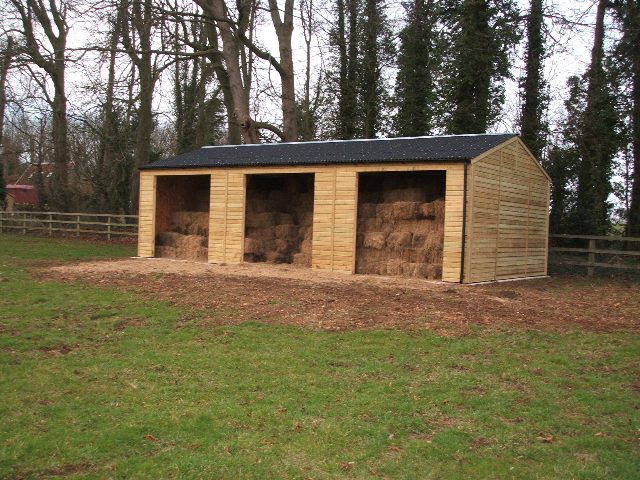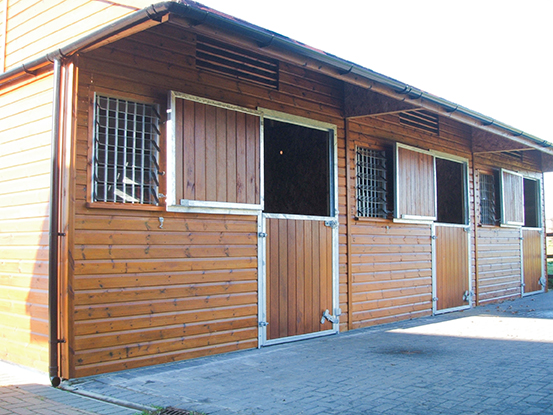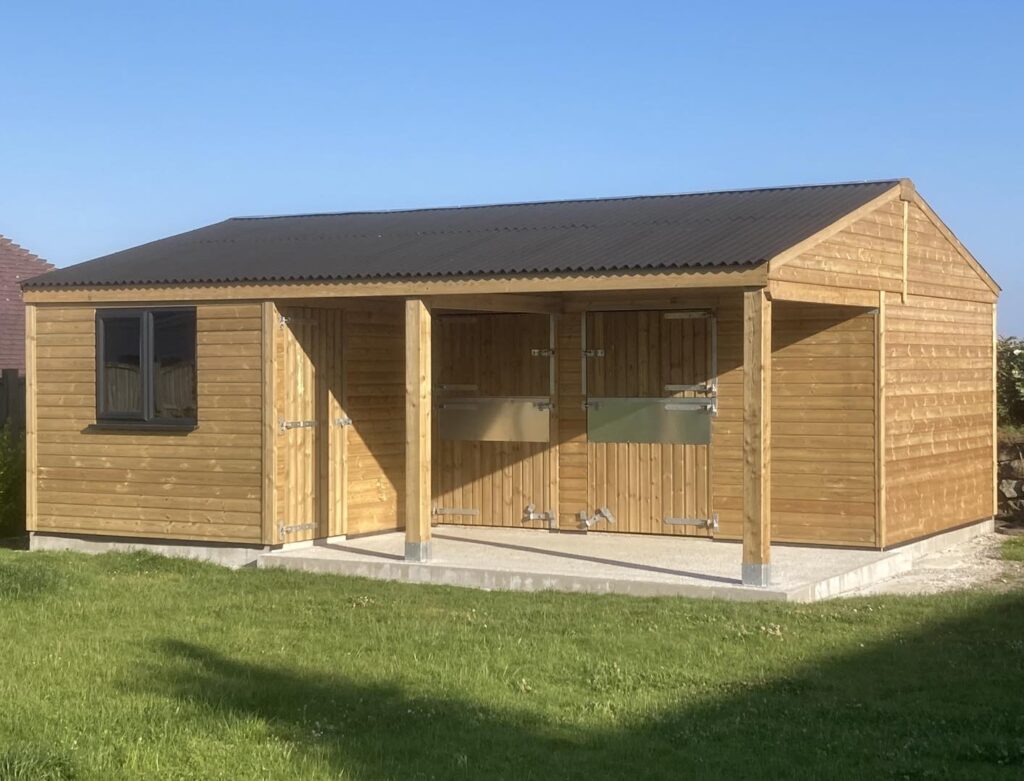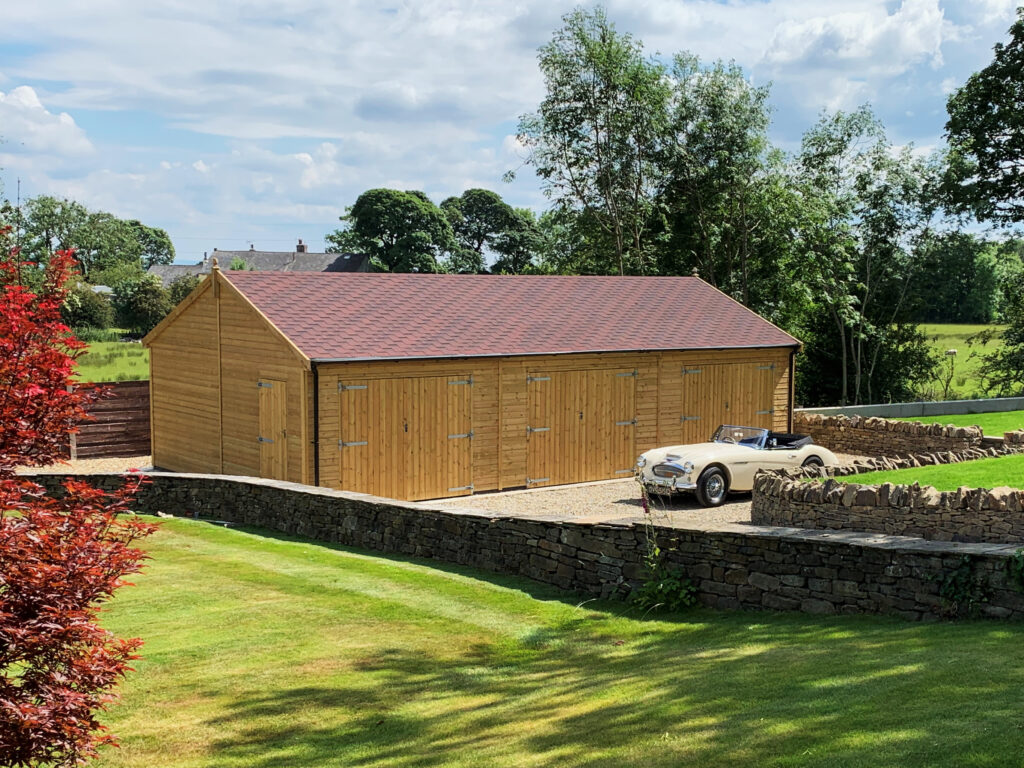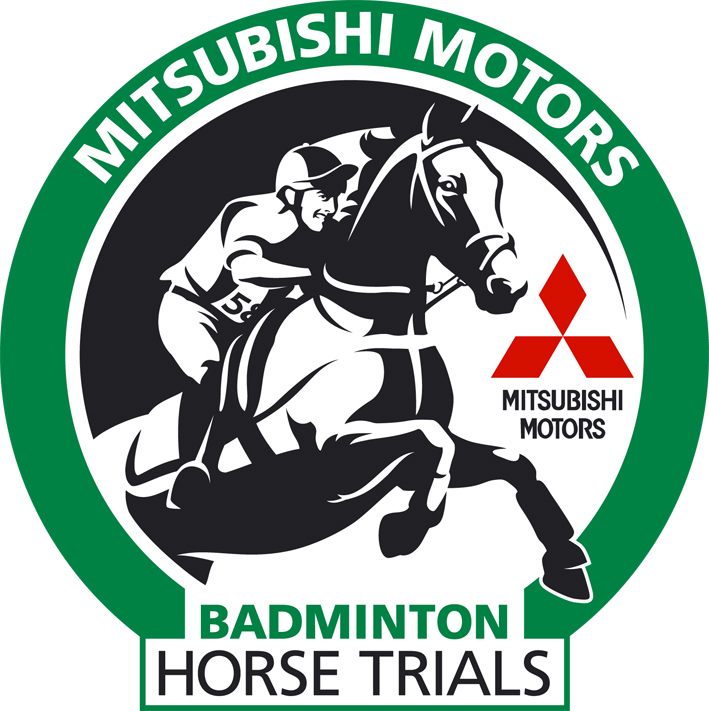Storing your hay correctly ensures it stays of high-quality, keeping your horses safe and healthy.
A hay barn is a good way to keep larger amounts of hay away from your horses to avoid accidental snacking, and is a worthy investment.
There is a lot to consider when building a hay barn, here we will run through some of the main things you should keep in mind.
Avoid moisture
The worst thing for hay is moisture as it can not only rot the hay but also encourage insects and pests. It’s best to avoid placing your hay barn in a low-lying or wet area for this reason and the floor structure should be set 8 to 10 inches above ground level. Try to avoid building a hay barn close to land slopes to prevent flooding or any water getting into the building.
Consider any equipment you may need
This applies especially to large equipment you may use. For example, will you be loading and unloading large amounts of hay with machinery? If so, think about the size of it as this can impact the dimensions you’ll need to build to and make sure unloading and loading are as efficient as possible. In this case, it might be an idea to place your hay barn near a road with a good amount of space.
It’s also good to plan ahead what other things you may want to store inside the building such as mowers or tractors, or maybe more equipment for activities with your horse. Plan carefully exactly what you’ll be keeping in the barn. You’ll want to have plenty of space for your hay as well as the extra items.
Air Flow and Ventilation
Having good airflow in your barn will not only help reduce any moisture but will also greatly reduce any fire risks. Opening in the eaves and at the bottom of the sidewalls can help, especially if you have a fully enclosed barn. You can also consider building a hay barn with open sides to improve the airflow, however, It is equally important to think how practical this is.
Flooring
The main reason to have a hay barn is to reduce the breakdown and spoilage of hay bales. Many use concrete floorings which is easy to clean and can withstand machinery and equipment, but it is prone to condensation. Pallets or elevated gravel pads are cheap and easy to install and a good option to prevent hay barn from spoiling as they let the hay bales breathe.
Planning Permission
The final thing you need to think about before you begin any construction is getting planning permission. It can be a long process so it’s good to give yourself time to investigate this properly before beginning any work on your barn. Or, of course, you could take advantage of our full planning service which comes with a site visit and consultation, so we can help you out with this every set of the way. You can find out more about this service by filling out our planning permission enquiry form.
These are all important factors we take into consideration when building our hay barns. We carry out the construction of our Barns with fully trained staff rather than using subcontractors. Plus, if you live within a 50-mile radius of our workshop in Netherstreet, Chippenham, Wiltshire then you get construction and delivery free. We have a wide range of Hay Barns which you can find out more about here.
Now you know the main things to consider, you can start planning your hay barn accordingly! However, if you’re still uncertain about anything, we’ve been manufacturing hay barns since 1983 and can customise any of any buildings to suit your needs. Get in touch with our experts today to see how we can help.
